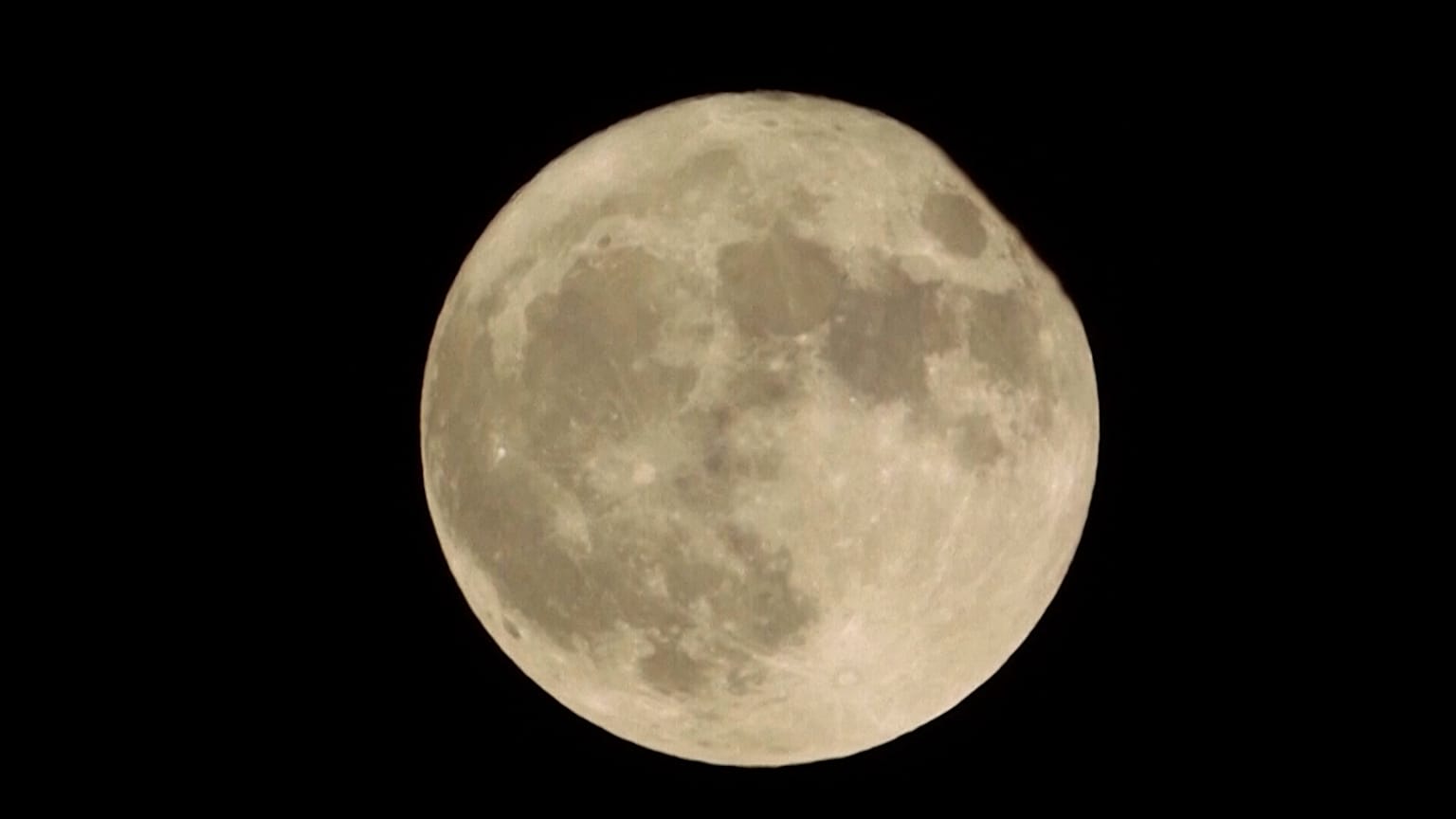Moon’s precursor planet, Theia, disappeared billions ago, leaving scientists no direct chemical evidence to support the hypothesis. Now a team of astromers in France, Germany and the United States have analysed ancient lunar and terrestrial rocks to trace where Theia came from.
A long-lost planet that helped create the Moon may have formed much closer to the Sun than scientists once thought, according to new research.
Scientists have discovered that Theia, the ancient planet believed to have helped form the Moon, most likely originated from the inner Solar System.
For decades, the leading explanation for the Moon’s birth has been that Theia struck the early Earth about four and a half billion years ago.
Debris from that collision formed the Moon, with material from Theia ending up in both bodies.
The idea, known as the giant impact theory, has been discussed since the first Apollo samples were analysed more than 50 years ago.
However, Theia disappeared billions of years ago, leaving scientists no direct chemical evidence to support the hypothesis. Its exact origin and composition have remained difficult to determine.
Now, a team of astronomers in France, Germany and the United States have analysed ancient lunar and terrestrial rocks to trace where Theia came from.
"One of the things about this research that does make it so exciting is not only is it helping to paint a picture of what happened to the Earth four and a half billion years ago, but also it's able to almost exactly pinpoint where this object came from,” said Jake Foster, an astronomer at Royal Observatory Greenwich, in the UK, who wasn’t involved in the study.
“We're talking about a planet that doesn't exist anymore. Theia hasn't existed in 4.5billion years. It was completely vaporised essentially and yet with a good amount of precision, we can figure out where it came from," he added.
Reverse engineering
The research team used rocks collected on Earth and samples brought back from the lunar surface by Apollo astronauts to examine their isotopes.
These isotopes act like chemical fingerprints. Scientists already knew that Earth and Moon rocks are almost identical in their metal isotope ratios.
That similarity, however, has made it hard to learn much about Theia, because it has been difficult to separate material from early Earth and material from the impactor.
The new research attempts a kind of planetary reverse engineering.
By examining isotopes of iron, chromium, zirconium and molybdenum, the team modelled hundreds of possible scenarios for the early Earth and Theia, testing which combinations could produce the isotope signatures seen today.
Because materials closer to the Sun formed under different temperatures and conditions than those further out, those isotopes exist in slightly different patterns in different regions of the Solar System.
By comparing these patterns, researchers concluded that Theia most likely originated in the inner Solar System, even closer to the Sun than the early Earth. Previously, some scientists believed that Theia might have formed farther out in the Solar System than Earth.
It's hoped this analysis could expand on future research on how planets grow, collide and evolve in the early stages of a solar system.
For more on this story, watch the video in the media player above.


















